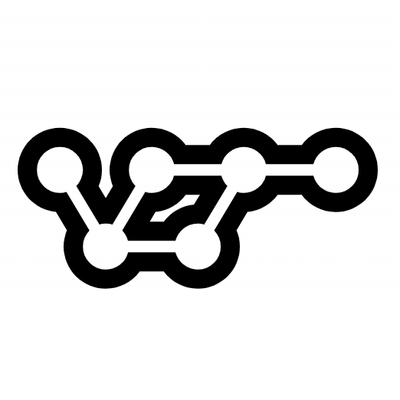@helm-charts/bitnami-metrics-server
Metrics Server is a cluster-wide aggregator of resource usage data. Metrics Server collects metrics from the Summary API, exposed by Kubelet on each node.
| Field | Value |
|---|
| Repository Name | bitnami |
| Chart Name | metrics-server |
| Chart Version | 2.3.3 |
| NPM Package Version | 0.1.0 |
Helm chart `values.yaml` (default values)
image:
registry: docker.io
repository: bitnami/metrics-server
tag: 0.3.2
pullPolicy: Always
rbac:
create: true
serviceAccount:
create: true
name:
apiService:
create: false
securePort: 8443
service:
type: ClusterIP
port: 443
annotations: {}
Metrics Server
Metrics Server is a cluster-wide aggregator of resource usage data. Metrics Server collects metrics from the Summary API, exposed by Kubelet on each node.
TL;DR;
$ helm install bitnami/metrics-server
Introduction
This chart bootstraps a Metrics Server deployment on a Kubernetes cluster using the Helm package manager.
Bitnami charts can be used with Kubeapps for deployment and management of Helm Charts in clusters. This Helm chart has been tested on top of Bitnami Kubernetes Production Runtime (BKPR). Deploy BKPR to get automated TLS certificates, logging and monitoring for your applications.
Prerequisites
- Kubernetes 1.8+ with Beta APIs enabled
- PV provisioner support in the underlying infrastructure
Installing the Chart
To install the chart with the release name my-release:
$ helm install --name my-release bitnami/metrics-server
The command deploys Metrics Server on the Kubernetes cluster in the default configuration. The configuration section lists the parameters that can be configured during installation.
Tip: List all releases using helm list
Uninstalling the Chart
To uninstall/delete the my-release deployment:
$ helm delete my-release
The command removes all the Kubernetes components associated with the chart and deletes the release.
Configuration
The following tables lists the configurable parameters of the Metrics Server chart and their default values.
| Parameter | Description | Default |
|---|
global.imageRegistry | Global Docker image registry | nil |
global.imagePullSecrets | Global Docker registry secret names as an array | [] (does not add image pull secrets to deployed pods) |
image.registry | Metrics Server image registry | docker.io |
image.repository | Metrics Server image name | bitnami/metrics-server |
image.tag | Metrics Server image tag | {VERSION} |
image.pullPolicy | Metrics Server image pull policy | Always |
securePort | Port where metrics-server will be running | 8443 |
service.type | Kubernetes Service type | ClusterIP |
service.port | Kubernetes Service port | 443 |
service.annotations | Annotations for the Service | {} |
service.loadBalancerIP | LoadBalancer IP if Service type is LoadBalancer | nil |
service.nodePort | NodePort if Service type is LoadBalancer or NodePort | nil |
rbac.create | Enable RBAC authentication | true |
serviceAccount.create | Specifies whether a ServiceAccount should be created | true |
serviceAccount.name | The name of the ServiceAccount to create | Generated using the fullname template |
apiService.create | Specifies whether the v1beta1.metrics.k8s.io API service should be created (This should not be necessary in k8s version >= 1.8) | false |
Specify each parameter using the --set key=value[,key=value] argument to helm install. For example,
$ helm install --name my-release \
--set rbac.create=true bitnami/metrics-server
The above command enables RBAC authentication.
Alternatively, a YAML file that specifies the values for the parameters can be provided while installing the chart. For example,
$ helm install --name my-release -f values.yaml bitnami/metrics-server
Tip: You can use the default values.yaml
Enable security for Metrics Server
Configure RBAC
In order to enable Role-based access control for Metrics Servier you can run the following command:
$ helm install --name my-release --set rbac.create bitnami/metrics-server
Upgrading
To 2.0.0
Backwards compatibility is not guaranteed unless you modify the labels used on the chart's deployments.
Use the workaround below to upgrade from versions previous to 2.0.0. The following example assumes that the release name is metrics-server:
$ kubectl patch deployment metrics-server --type=json -p='[{"op": "remove", "path": "/spec/selector/matchLabels/chart"}]'



